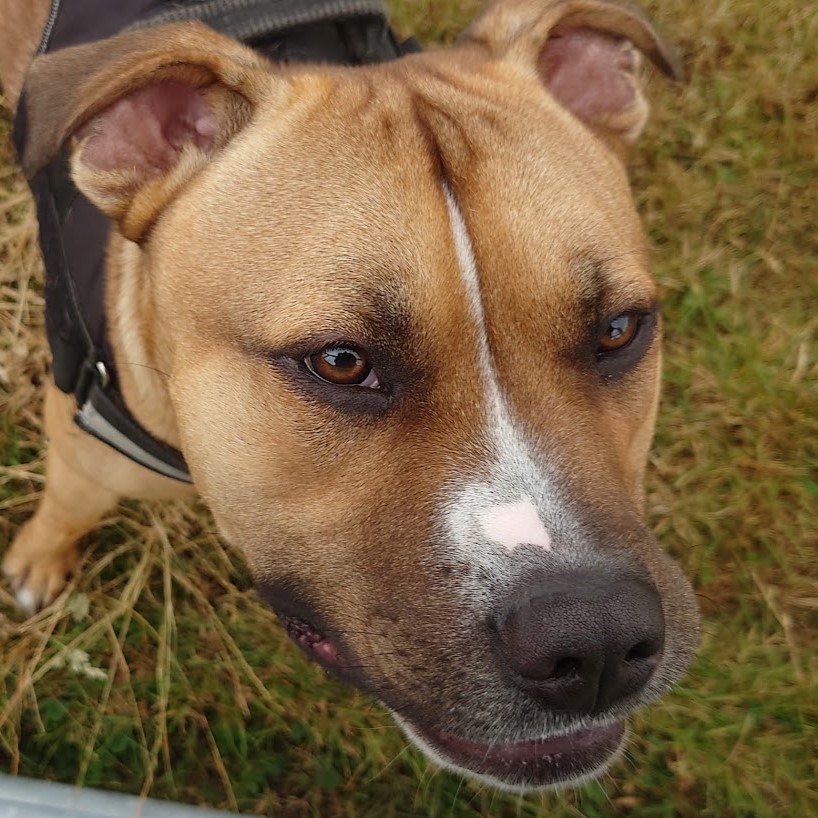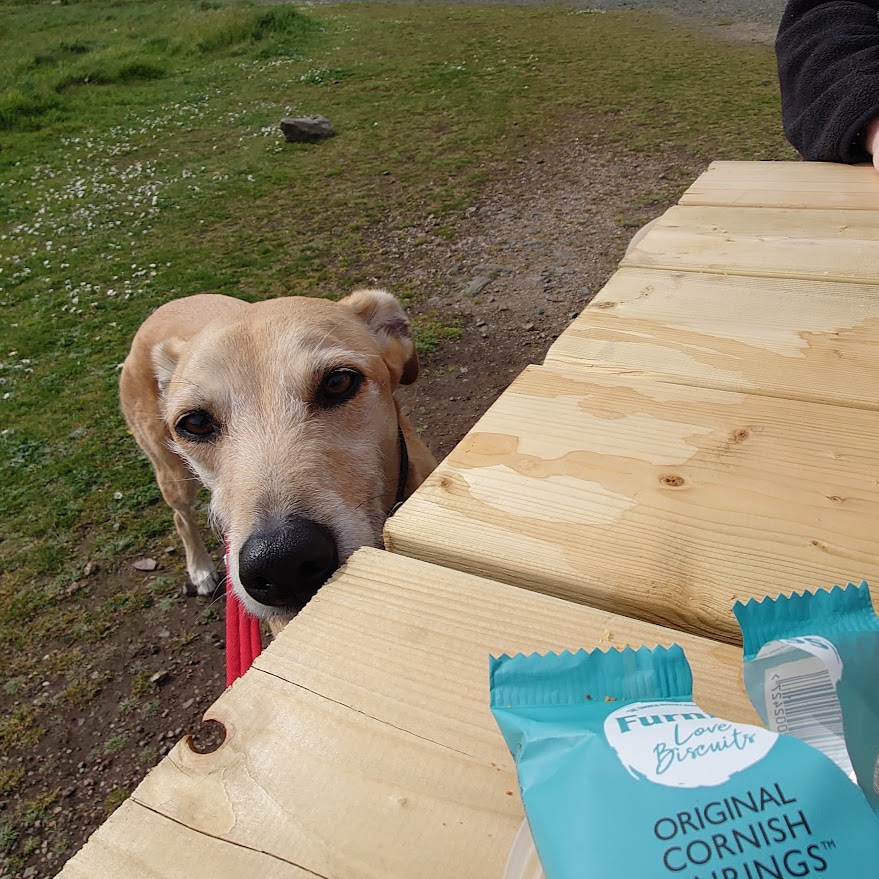Call / 07815 167247
Email [email protected]
Call / 07815 167247
Email [email protected]

I would rather be down the beach or out with the dog. Even the thought of it now sitting here at my desk a long time later turns my stomach a little. I knew I needed to do it, I could do it, but the pressure of doing it meant I often left it to the last minute and rushed through it, scraping through most of the time.
Looking back, I think there were various things going on:
It's important for me that anything I leave you with to practice is meaningful, engaging, and supportive of your and your dog’s overall well-being and learning goals.
YOU need to be engaging. It needs to be relevant. I don’t want my clients to feel like I have imposed ‘homework’, feel overwhelmed or not understanding why they are doing something. Sometimes we need to make what you are doing a little more structured, but we work out what's the best way to do that for you. If you love the idea of homework, YES we can work with that too!


The problem is that as dog trainers we are told to write out a plan for our clients, put it all in writing, give them sheets and logs, tell them how long they should be doing their training, and tell them what they should be doing each day to raise and lower criteria. It's all about tasks and process, fixing things and badges.
For some people it feels like too much like hard work, and for me and my clients it was not working as well as I know it could be:
All of that bugged me, and to be honest most dog trainers will say that writing up client plans is one of their least favourite parts of the job.
So a few years ago I changed my approach.
As I am told by my clients every week, my suggestions are commonsense and easy, and anything that is commonsense and easy is more likely to be done.
How do I know that?
Because often they start relating to their dog differently during our appointment, start repeating back to me things in their own words, or send me a video of something later that day to show what they have been doing. They are already living it!
One of the things that sticks with me every time I see a client is that everyone has limited resources available to them and that includes their time, space and energy, and is often dictated by their family and lifestyle. The first thing to do is to help them understand those resources and work with them, not against them.
Clients write most of their plan with me, so they tell me what time they have and how any training might work. Anything I ask my clients to do before their next session is agreed and can be easily slotted into their day.
Yes, I do send through a plan but unless a client asks for a lot of detail (and that’s fine, we all learn differently) it is bullet points and often video as well which could be pre-recorded videos or something I recorded during our session.
It does not feel like training. Sometimes clients say to me that they have not managed to do much, but when we chat it turns out that they have done loads without realising it because it simply slotted into their normal routine.
We push things forward because between appointments clients who would like to keep me updated send me messages and we talk about what’s going well, celebrate successes, break things down and keep moving.

